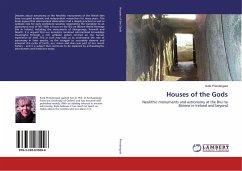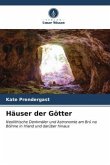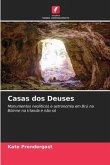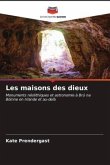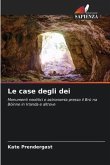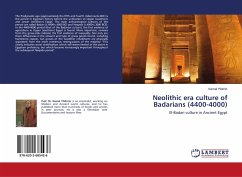Debates about astronomy at the Neolithic monuments of the British Isles have occupied academic and independent researchers for many years. This book argues that astronomical observation had a deeply practical as well as symbolic role for early prehistoric societies negotiating the transition to an agricultural way of life. With a focus on the Brú na Bóinne World Heritage Site in Ireland, including the monuments of Newgrange, Knowth and Dowth, it is argued that our ancestors rendered astronomical knowledge meaningful through a rich symbolic system centred on the human experience of time. This in turn may help us to understand the role of astronomy in later epochs, as the struggle to accurately observe and interpret the cycles of Earth, sun, moon and stars was part of our recent history - and is a subject that continues to be explored by archaeologists, astronomers and historians today.
Bitte wählen Sie Ihr Anliegen aus.
Rechnungen
Retourenschein anfordern
Bestellstatus
Storno

